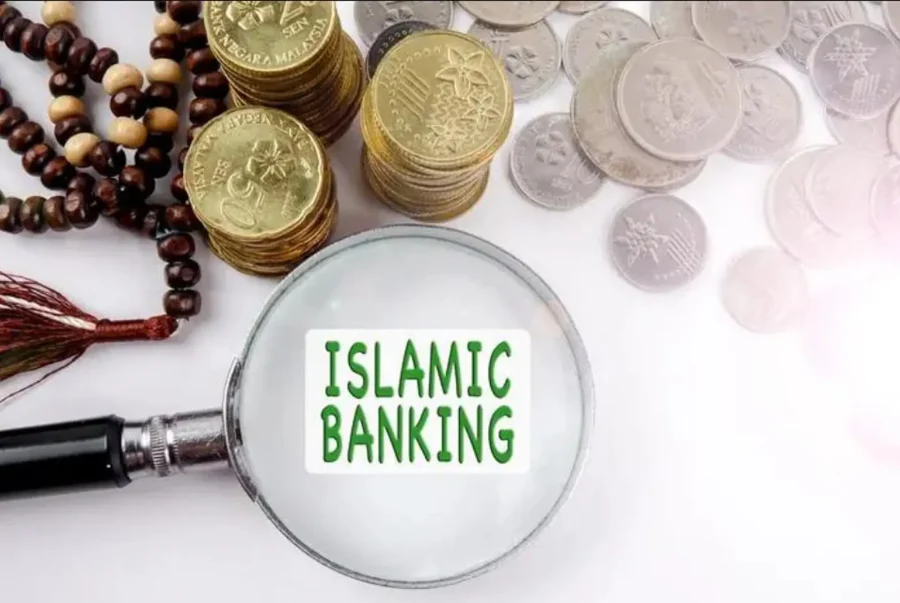The Islamic banking industry in Oman is poised to maintain its growth momentum ahead of conventional banks in Oman. This trend is expected to persist over the next 12 to 18 months, thanks to supportive oil prices and ambitious economic diversification agendas across the GCC countries, according to Moody’s Investor Service.
The profitability of Islamic banks in the GCC is projected to remain robust in 2024, surpassing that of their conventional counterparts. This is due to Islamic banks’ controlled provisioning needs and sustained net profit margin advantage over conventional banks, despite a slight decline.
Moody’s in a report pointed out that Islamic banks are currently benefiting from elevated oil prices. The economic growth across the Gulf region is accelerating in 2023 and is anticipated to remain strong in 2024, driven by high oil prices, economic diversification plans, and bolstered business confidence.
Looking ahead, Moody’s predicts that Islamic banks in the GCC will continue to gain from ongoing economic diversification agendas aimed at enhancing private sector employment among citizens. This, in turn, will create avenues for retail lending growth.
The rating agency emphasised that the growth in Islamic banking assets in the GCC will continue to outpace that of conventional peers. This is attributed to government support for the Islamic finance, increasing demand for Shariah-compliant products in the region, and ample funding.
As of March 2023, Moody’s reports that Islamic banks’ market penetration was highest in Saudi Arabia (83%) and Bahrain (69%), while there is significant room for growth in the UAE (28%), Qatar (31%), and Oman (19%).
Moody’s further said that continued economic growth will maintain stable asset quality for GCC Islamic banks, supported by strong capital and liquidity, enabling them to meet the growing demand for Islamic financial services in the region.
Regarding non-performing financing, Moody’s noted that Islamic banks have remained broadly stable since the onset of the pandemic, similar to their conventional peers. Although some customers faced difficulties due to pandemic-related issues, the impact on asset quality was limited, thanks to a post-pandemic economic rebound.
With pandemic-related debt relief measures being lifted, Moody’s anticipates that most customers who benefited from these programmes will have recovered financially. ‘This is attributed to the robust economic recovery in 2022 and the sustained solid operating conditions in 2023.’
Moody’s believes that Islamic banks in Oman and GCC countries have ample capital and liquidity to support further growth. The rating agency underscored that these banks will maintain strong capital and liquidity buffers, allowing them to cater to the strong demand for Shariah-compliant financial services.
Islamic banks in the region enjoy substantial liquidity, driven by strong deposit inflows and digital initiatives that promote Islamic deposits. This appeal is further bolstered by the cultural affinity of Muslim-majority populations for Islamic banking products, Moody’s said.
Moody’s acknowledged that GCC Islamic banks navigated the pandemic with capital ratios well above regulatory requirements, on par with conventional lenders. It noted that the Common Equity Tier 1 capital, at an average of 14%-15% of risk-weighted assets, will continue to safeguard GCC Islamic banks against unexpected losses. The core capital position is expected to remain stable as profits are retained, keeping pace with asset financing growth.
Furthermore, Moody’s stressed that core capital for GCC Islamic banks is resilient even under low-probability, high-stress scenario analysis, remaining comparable to conventional peers.
In terms of problem loans, Moody’s revealed that these do not exceed 13.5% of tangible common equity and loan-loss reserves as of June 2023 on average across the region for Islamic banks. This is lower than the 17.9% reported for conventional banks during the same period.—Muscat Daily









